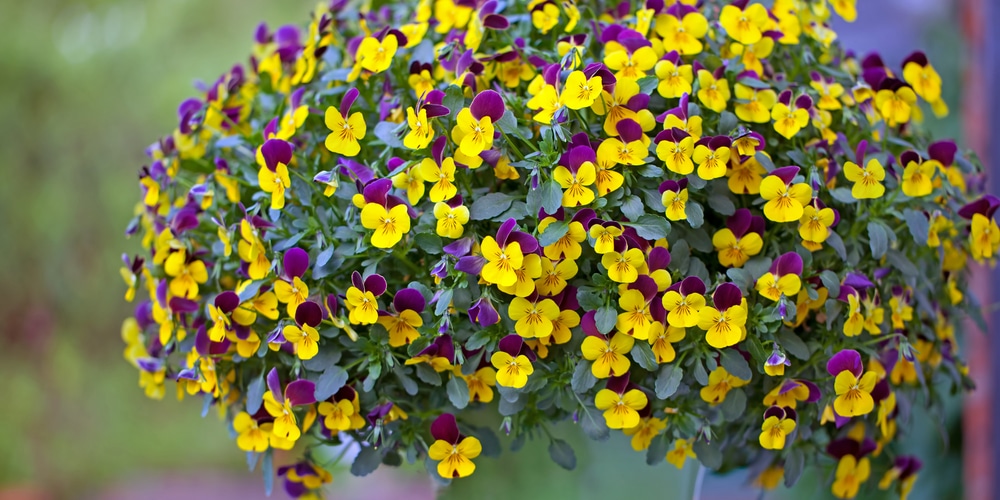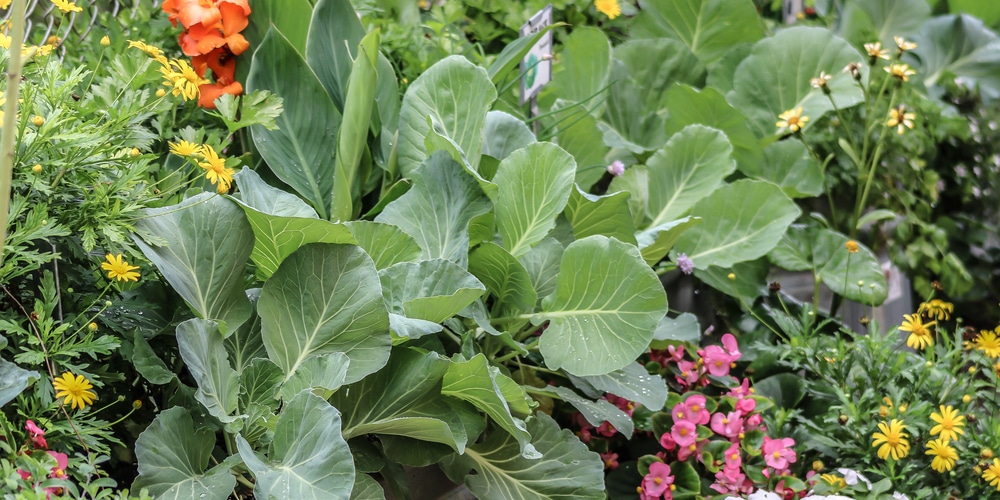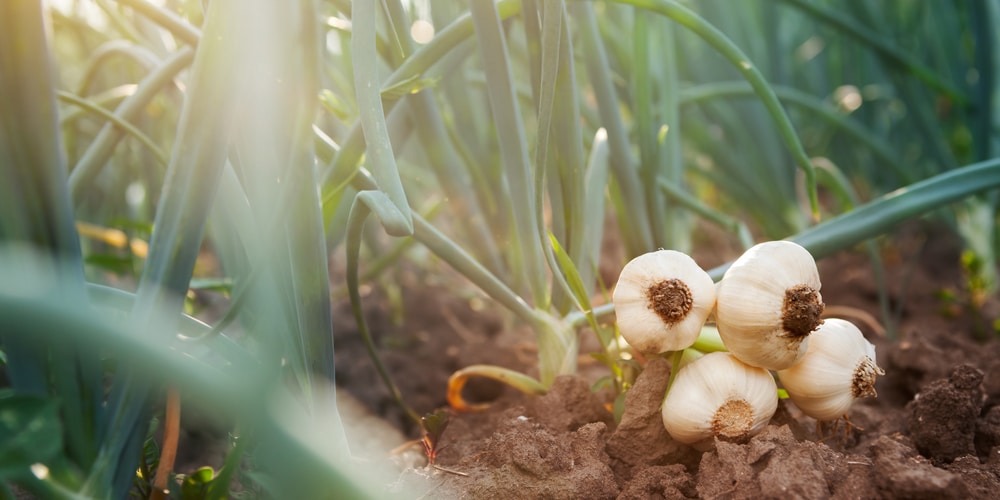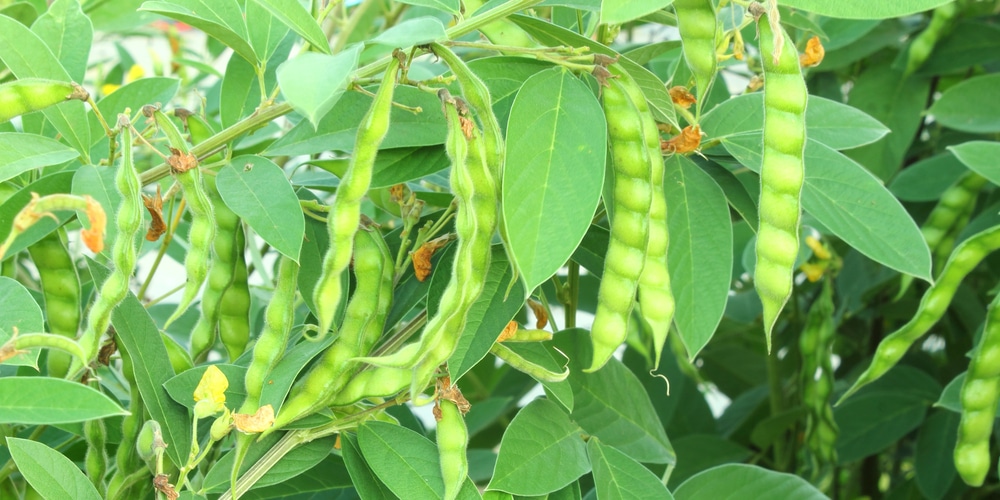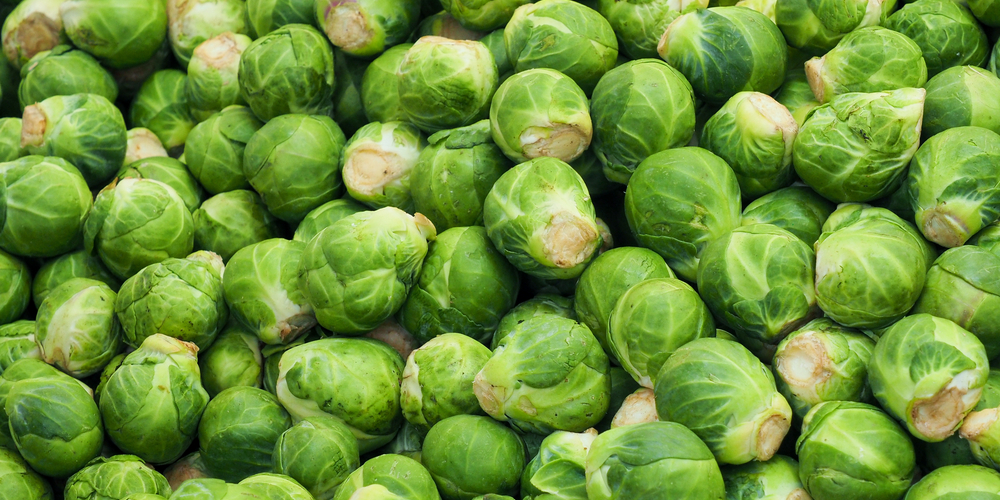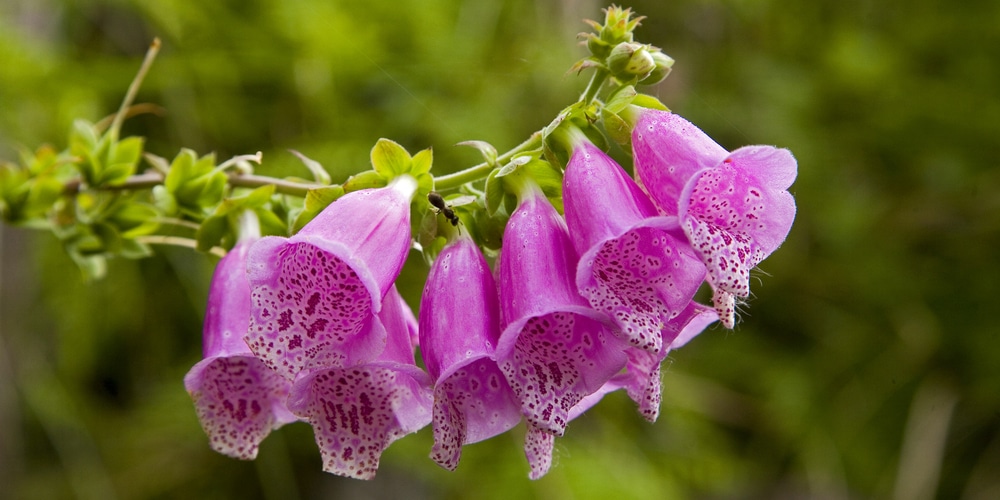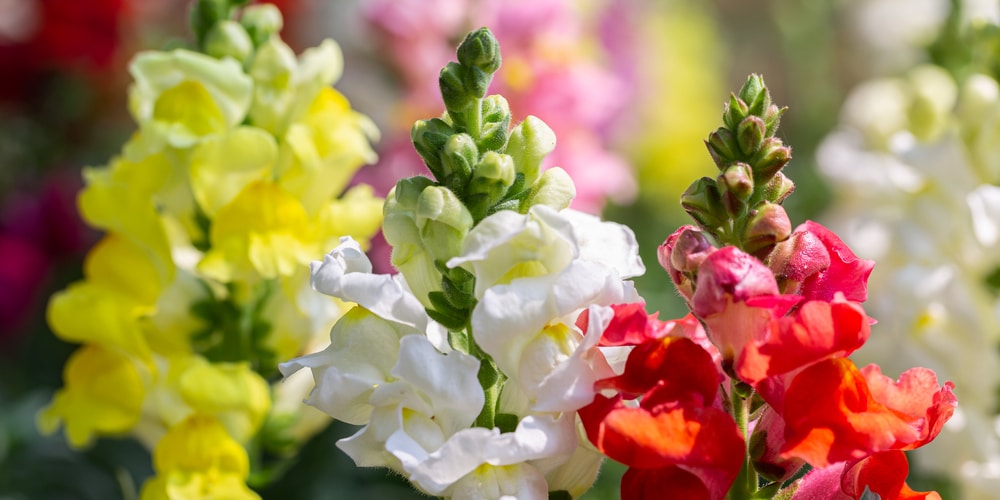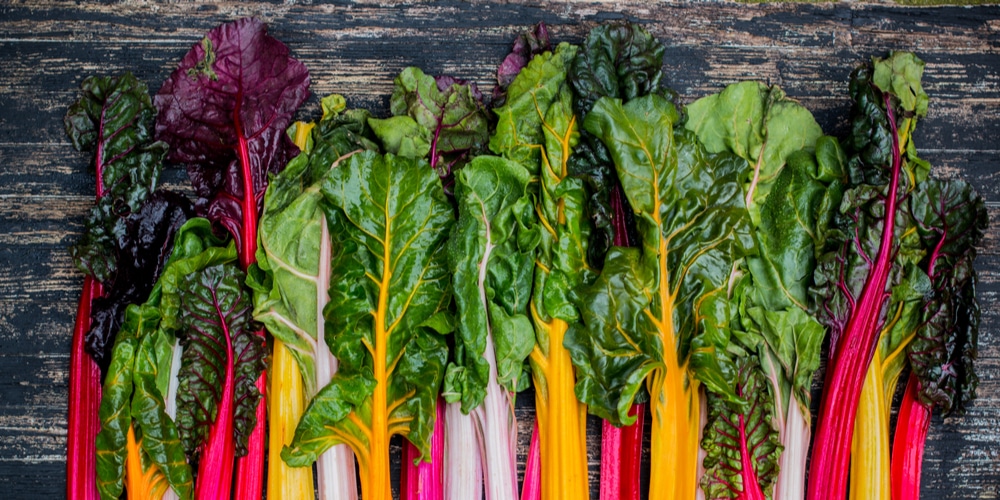California is an American state whose autumn is characterized by mild temperatures with rainfall, especially in the eastern, southern, and central parts. The intervening seasons of autumn and spring tend to be particularly pleasant, with balanced heat and humidity.
Such a microclimate makes ideal the cultivation of both ornamental and horticultural plants. In the following lines, you can find out about what to plant in October in California. We’ve also added a detailed list of the plants you can grow in November.
What to plant in October in California?
Ornamental plants
Calendula
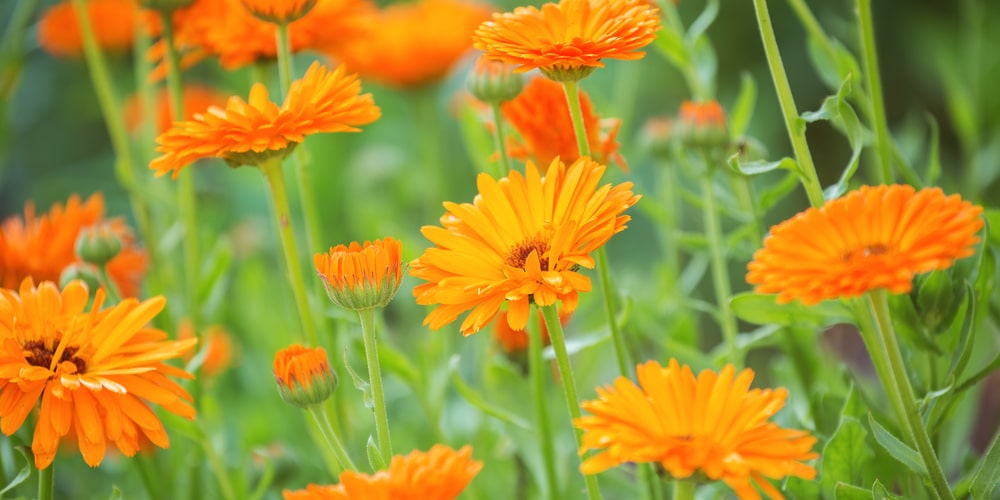
Calendula is one of the most well-known herbs, which can be used in many different ways. It is an annual plant that is often grown in gardens and fields. Its flowers are yellow or vivid orange, single or double. If someone rubs its dried leaves, it will give a very pleasant aromatic smell. Calendula can also be planted in November.
Iceland poppies
These are beautiful plants with paper petals and tall, leafless stems. They belong to the family of flowering plants Papaveraceae and are particularly widespread in North America. “Champagne Bubble” is the most popular variety of this species, which got its name from its striking red petals.
Pansies
Pansies are the flowers that can flood your garden and balcony with bright and unique color combinations. They are planted in the fall to bloom in late winter as winter flowers. Otherwise, they can be planted in early spring and give you their rich flowering in spring and early summer. Pansy is a plant with dense vegetation and low growth to a height of about 20 cm. It usually lives for a year, although in areas with mild winters it can withstand even a second year. Pansies can also be planted in November.
Horticultural plants
Cabbage
Cabbage (Brassica oleracea) which belongs to the category of cruciferous vegetables, is one of the main vegetables and is grown in all temperate regions. It has important properties with rich nutritional value, phytonutrients, and vitamins. Cabbage can also be planted in November. There are many options in terms of Brassica companion plants as well.
Broccoli
Broccoli is a cold-season plant and needs a cool environment to thrive. The ideal temperature for its growth is between 15-20 Celsius degrees. It grows best in sunny places and can give you a rich production. If you plant it in a semi-shady position, its ripening will be significantly delayed. Broccoli can also be planted in November.
Cauliflower
Cauliflower, this a winter vegetable with beneficial properties for your health. Its cultivation begins in the fall and is ready for harvest about 3 months later. It is a herbaceous plant that has characteristically elongated leaves that form in the shape of a rosette.
Garlic
The appropriate planting season for garlic, in the warmer southern parts, begins in October and November, while in the colder and more mountainous period in February. Garlics thrive in cool weather during the development of their foliage, and at higher temperatures during the formation of their bulbs.
Peas
Peas belong to the legume plants, i.e. the plants that bind nitrogen from the atmosphere and enrich the soil. That is why they are is also cultivated for green fertilization, to improve the soil of our garden. Peas can also be grown in pots, although planting in the garden is much more efficient. They can also be planted in November.
Spinach
Spinach, along with lettuce, is considered one of the easiest vegetable crops. That is why it is highly recommended to novice gardeners. Vegetable of high nutritional value, spinach is rich in vitamins and antioxidants that shield your body’s defense.
Brussels sprouts
This plant offers better yields than rich fertilizers, as in this case strong stems and sparse heads are created. The soil should be well-drained and rich in organic matter. It withstands low temperatures more than other species of the cruciferous family, while it grows best at temperatures between 14 and 22 Celsius degrees. Brussels sprouts can also be planted in November.
Lettuce
Lettuce is the most popular leafy vegetable. Simple and easy to grow, it is planted almost all year round and is an ideal choice for novice gardeners. Although many are unaware of it, lettuce has a special nutritional value, as it contains many vitamins, minerals, and fiber. It can also be planted in November.
Rutabaga
Rutabaga is a vegetable full of calories. In fact, every 100 grams of it contain 20 calories, more than spinach, broccoli, or even leeks. This makes it invaluable if you are dieting or generally paying attention to your diet.
What to plant in November in California?
Ornamental plants
Candytuft
That is an amazing, evergreen plant adorned with dense, dark foliage, which spreads impressively, like a carpet above the ground. Candytuft is dressed with thousands of all-white flowers that will give it a silver look. Suitable for ground cover and very durable, it should not be missing from any garden.
Foxgloves
This plant reaches a height of 60-150 cm and a diameter of 50-60 cm. Its leaves are large, oval deep green, with a serrated circumference. Its flowers are funnel-shaped, pink, purple, or white. It blooms in late spring and early summer and performs best on fertile, wet, acidic well-drained soils and semi-shady places. Foxgloves can be used as herbs in traditional medicine.
Snapdragons
That is a well-known and very beautiful flowering plant, with great commercial value and demand. They are also called “lycostoma” or “bunny”. This plant is found almost everywhere and fits in any part of the garden. It is cultivated without problems while having a long flowering period.
Stock
This flower has developed quite quickly into an important religious tool, which has served and will continue to serve various worship purposes. The unique aroma of its flowers is its most important feature.
Horticultural plants
Fava beans
“Lathouri” is considered one of the first legumes cultivated by a man with roots in ancient times. It is more digestible than other legumes and has a high nutritional value: rich in protein, carbohydrates, and fiber, a very good source of B-complex vitamins, low in fat and cholesterol.
Beets
This plant stands out for its impressive red color and characteristic sweet taste. It grows to 40-50 cm and has long green leaves that usually have characteristic red ribs and stems.
Chard
Chard is the cousin of beetroot! It is not grown for its underground part, the turnip root-like beetroot, but for its delicious leaves, which can be eaten cooked or boiled in various recipes. Chard is an easy crop without special requirements, and very healthy as it helps regulate your blood sugar levels. It is grown as an annual vegetable and blooms in the second year.
Coriander (cilantro)
Fresh coriander is very similar to parsley. It is digestive and helps you to get rid of the abdomen and intestine gas. In the past, people even attributed aphrodisiac properties to it. It helps a lot in anorexia nervosa and nervous fatigue. It is a good antispasmodic and is beneficial in joint pains and rheumatism while filtering your blood.
Kale
Kale is the king of winter salad, and one of the most popular vegetables planted in autumn in a garden or a pot. Its leaves are eaten fresh in wonderful salads along with carrot and lettuce or cooked in delicious recipes, such as traditional cabbage stuffing. Although it is a biennial plant, kale is grown in your garden as an annual plant.
Kohlrabi
A vegetable unknown to many is “turnip” or kohlrabi. It is an autumn and winter vegetable, which will surely be heard more in the coming years as it has minimal calories (27 kcal / 100 g), a lot of fiber, and vitamin C (62 mg / 100 g). Ideal vegetable for those who are interested in their health and diet, it is eaten both raw, in salads, as well as cooked.
Leeks
Leek is such a delicious vegetable that accompanies many recipes of American cuisine! It stands out from the long slender neck and the oblong green leaves that start from a white bulb that forms in the ground. Leek belongs to the same family as onion and garlic. It is usually planted in autumn and gives production in winter or early spring.
Related Article: When to Plant Tomatoes in California?
